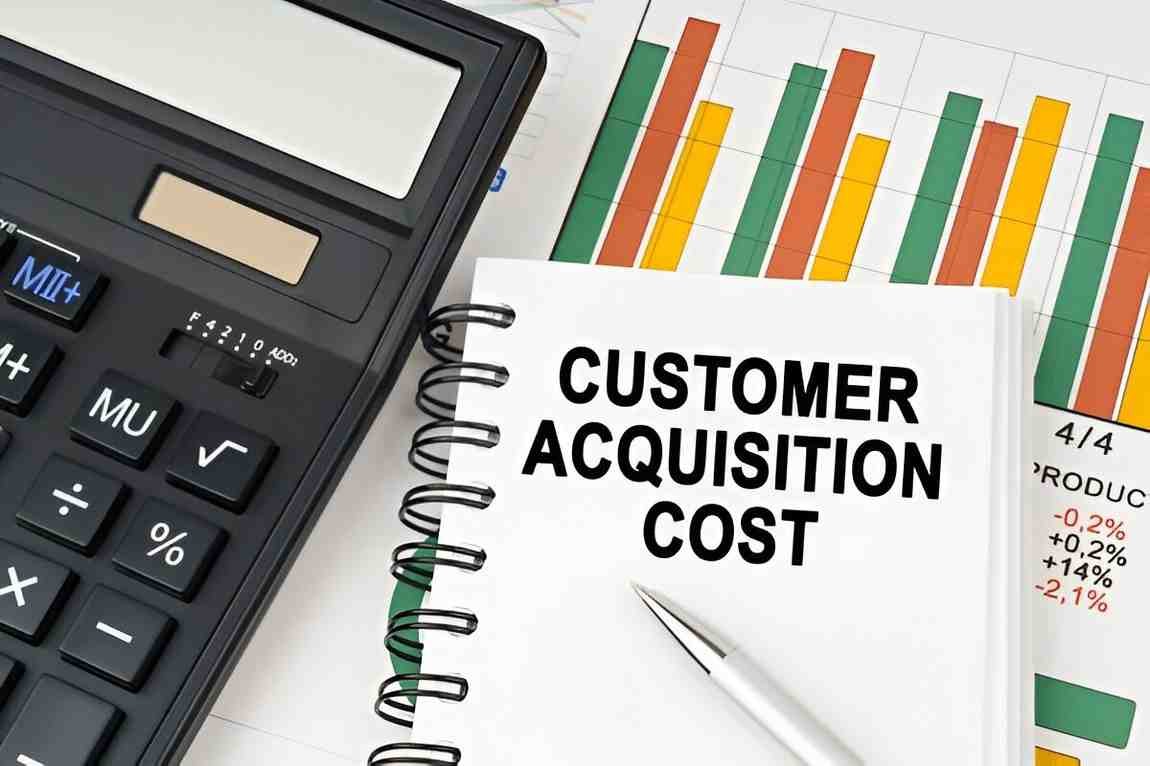Customer Acquisition Costs (CAC) represent the expenses a business incurs to acquire a new customer. This article explores the definition, calculation methods, significance, and real-world examples of CAC to illustrate its importance in business operations.
Table of Contents
Key Points about Customer Acquisition Costs
- Definition: Customer Acquisition Costs (CAC) refer to the total expenses incurred by a company to acquire a new customer, including marketing, sales, and operational costs.
- Calculation: CAC is calculated by dividing the total costs associated with acquiring customers by the number of new customers acquired during a specific period.
- Importance: Understanding CAC helps businesses evaluate the effectiveness of their marketing and sales strategies, optimize spending, and forecast future growth.
Exploring Customer Acquisition Costs in Detail
Understanding CAC Calculation
CAC can be calculated using the following formula:
\text{CAC} = \frac{\text{Total Marketing and Sales Costs}}{\text{Number of New Customers Acquired}}
Components of Customer Acquisition Costs
Marketing Costs:
- Advertising: Expenses related to paid advertising campaigns across various channels (e.g., digital ads, print media).
- Promotions: Costs associated with promotional activities to attract new customers (e.g., discounts, coupons).
Sales Costs:
- Salaries and Commissions: Compensation for sales teams involved in acquiring new customers.
- Travel Expenses: Costs incurred for sales representatives to meet potential clients or attend industry events.
Significance of Customer Acquisition Costs
Strategic Decision Making:
- Budget Allocation: Helps businesses allocate resources effectively between customer acquisition and retention strategies.
- ROI Evaluation: Assists in determining the return on investment (ROI) for marketing campaigns and sales efforts.
Performance Measurement:
- Benchmarking: Comparing CAC across different periods or against industry standards to gauge performance.
- Optimization: Identifying inefficiencies and optimizing marketing channels to reduce acquisition costs.
Examples of Customer Acquisition Costs in Practice
Example 1: E-commerce Company
An e-commerce company calculates its CAC as follows:
- Total Marketing Costs: $50,000
- Number of New Customers Acquired: 1,000
\text{CAC} = \frac{\$50,000}{1,000} = \$50
Example 2: Software as a Service (SaaS) Company
A SaaS company measures its CAC using detailed metrics:
- Marketing and Sales Expenses: Includes digital marketing campaigns, content creation, and sales team salaries.
- New Customer Acquisition: Tracked through conversion rates from free trials or demos to paid subscriptions.
Strategies to Reduce Customer Acquisition Costs
1. Targeted Marketing Campaigns:
- Segmentation: Identifying and targeting specific customer segments likely to convert.
- Personalization: Tailoring marketing messages and offers based on customer preferences and behaviors.
2. Referral Programs:
- Incentives: Offering rewards or discounts to existing customers who refer new clients.
- Word-of-Mouth: Leveraging positive customer experiences to attract new business organically.
Challenges and Considerations
- Lag Time: Accounting for the time between initial marketing efforts and customer acquisition.
- Customer Lifetime Value (CLV): Balancing CAC with CLV to ensure long-term profitability.
- Market Dynamics: Adapting strategies in response to market changes and competitive pressures.
Conclusion
Customer Acquisition Costs (CAC) are essential metrics for businesses aiming to grow their customer base efficiently and sustainably. By understanding and managing CAC effectively, companies can optimize their marketing and sales strategies, allocate resources wisely, and enhance overall profitability. Continuous monitoring of CAC allows businesses to adapt to market conditions, improve customer acquisition processes, and achieve sustainable growth in competitive markets. Implementing targeted marketing campaigns, leveraging customer referrals, and optimizing conversion funnels are key strategies to minimize CAC and maximize returns on customer acquisition investments.





